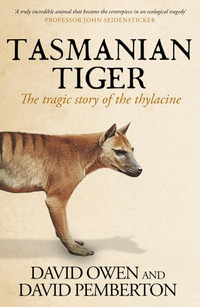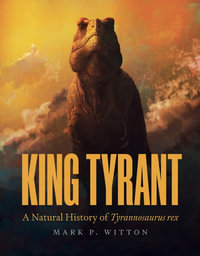
Megaherbivores
The Influence of Very Large Body Size on Ecology
Paperback | 4 May 1992
At a Glance
Paperback
RRP $137.95
$124.75
10%OFF
Ships in 5 to 7 business days
ISBN: 9780521426374
ISBN-10: 0521426375
Series: Cambridge Studies in Ecology
Published: 4th May 1992
Format: Paperback
Language: English
Number of Pages: 388
Audience: Professional and Scholarly
Publisher: Cambridge University Press
Country of Publication: GB
Dimensions (cm): 22.86 x 15.24 x 2.18
Weight (kg): 0.68
Shipping
| Standard Shipping | Express Shipping | |
|---|---|---|
| Metro postcodes: | $9.99 | $14.95 |
| Regional postcodes: | $9.99 | $14.95 |
| Rural postcodes: | $9.99 | $14.95 |
Orders over $79.00 qualify for free shipping.
How to return your order
At Booktopia, we offer hassle-free returns in accordance with our returns policy. If you wish to return an item, please get in touch with Booktopia Customer Care.
Additional postage charges may be applicable.
Defective items
If there is a problem with any of the items received for your order then the Booktopia Customer Care team is ready to assist you.
For more info please visit our Help Centre.
You Can Find This Book In
This product is categorised by
- Non-FictionScienceBiology, Life SciencesLife Sciences in GeneralEcological Science
- Non-FictionScienceBiology, Life SciencesZoology & Animal SciencesZoology & VertebratesZoology & Mammals
- Non-FictionNature & The Natural World
- Non-FictionScienceBiology, Life SciencesZoology & Animal SciencesZoology & Vertebrates
























